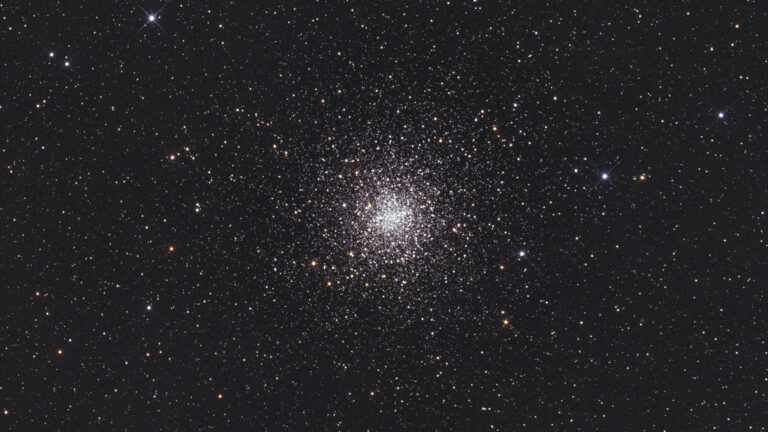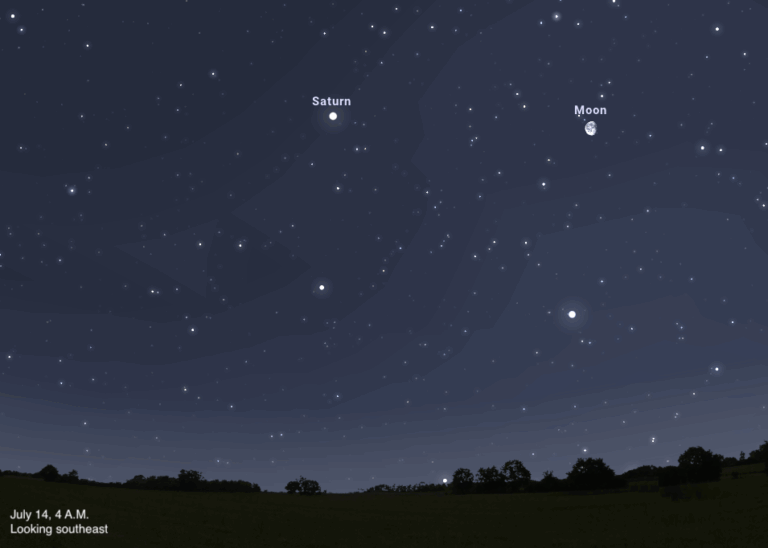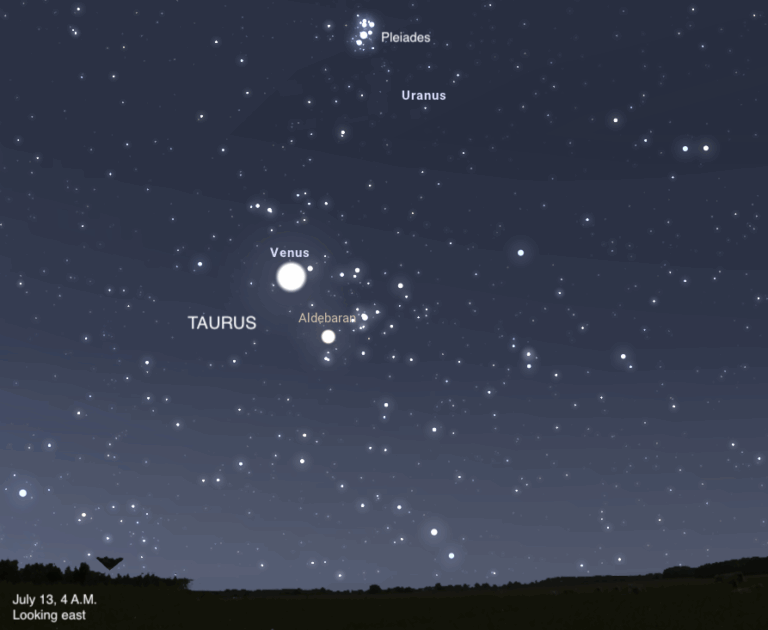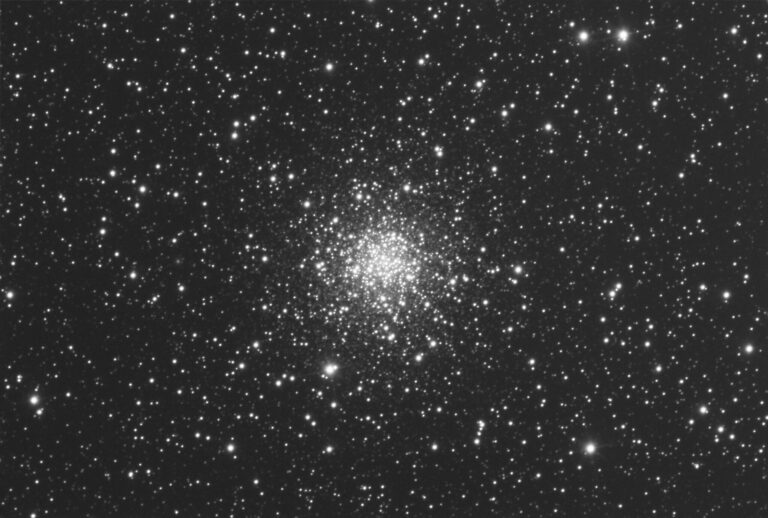Key Takeaways:
Descriptions of epic cosmic events are interspersed with sketches and comments pertaining to everything from lunar craters to remote galaxies and quasars. Sunspots, planets, comets and asteroids, variable stars (thousands of recorded estimates), double stars, clusters, nebulae — they’re all there! My astronomy logbooks have become a valued record and indispensable reference — often referred to when I’m preparing this column.
If you’re just getting started in backyard astronomy, you’ll want to set up a logbook of your own. To record and store your sketches and notes, try using a standard three-ring binder filled with alternating pages of lined and unlined paper.
 |
 |
| Glenn Chaple
The author’s logbook has evolved since his first entry October 25, 1970 (left). For this entry, Chaple shows the date of the observation, the time, and the sky conditions. He also includes a short description of the observations and records the telescope information. Notice the arrow to the star on the bottom right of Saturn. In later observations, Chaple discovered this star was, in fact, one of Saturn’s moons.
Almost 30 years later, you can see how Chaple’s observing-log entries (right) have become more specific and more organized. For this particular night, Chaple knew what he was going to observe, so he prepared a sheet to include information like the Messier number, type of object, right ascension (R.A.), declination (Dec.), magnitude, and size. He also included the date, time, and location for this observation. Notice his own scale for seeing conditions. On this night, Chaple rated the seeing as 5/10. Around the circle, he marked the directions, then sketched in his view of M42 and its surroundings. He even included general notes on the observation: “Magnificent! Easily found in ‘sword’ of Orion.” |
|
What you include with each entry is up to you. It’s a good idea to accompany any sketch with the date and time of your observation, sky conditions, optical equipment used, and pertinent notes (location, ease of visibility, etc.).
Examples culled from my logbooks and reproduced on this page might help you design your own format. Start keeping an astronomy logbook now, and in time, you’ll have a treasured record to enjoy reading on those cloudy nights when you can’t observe.
Next month: What’s in a name? We look at the nomenclatures astronomers use to identify stars and deep-sky objects.










